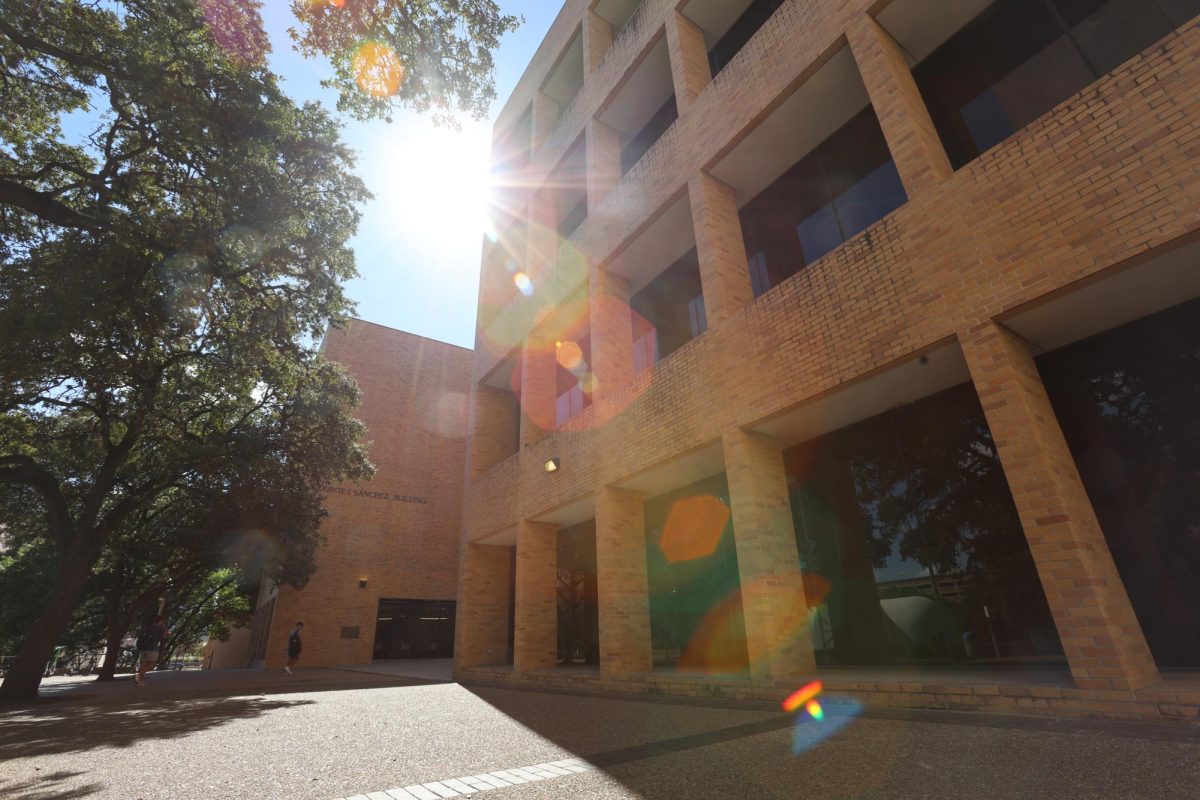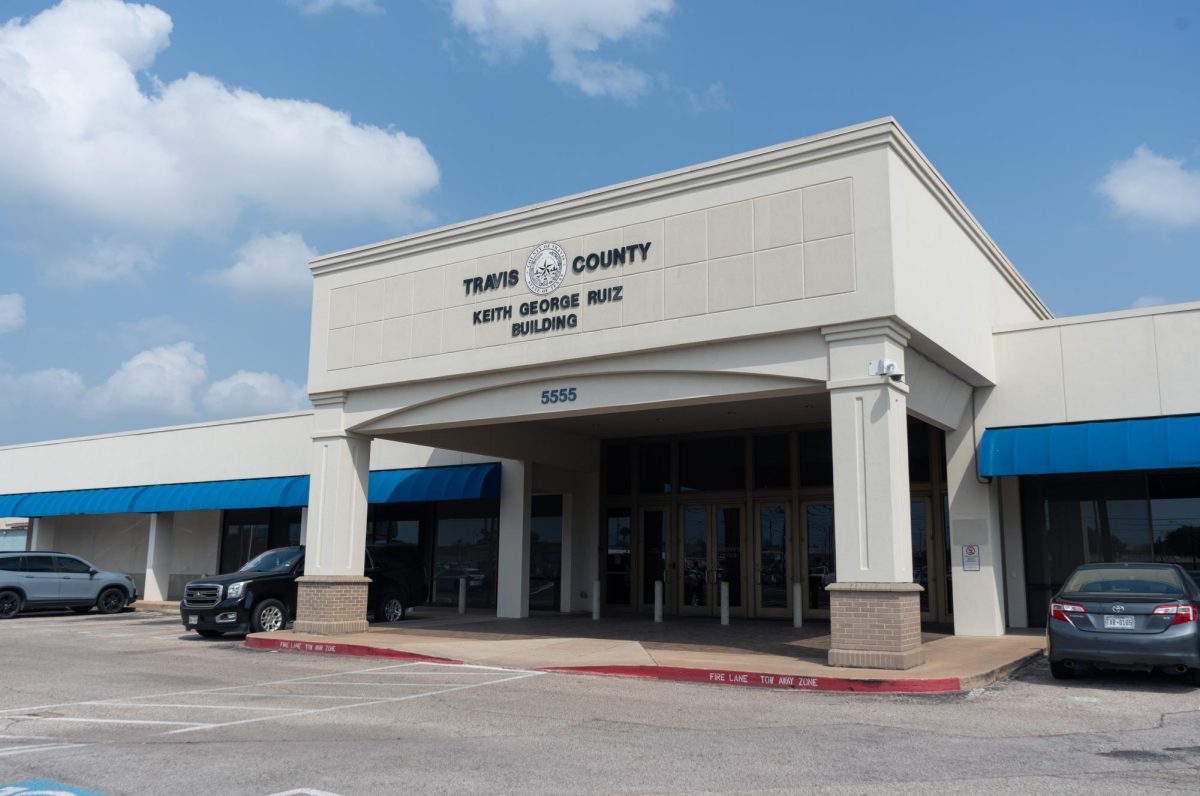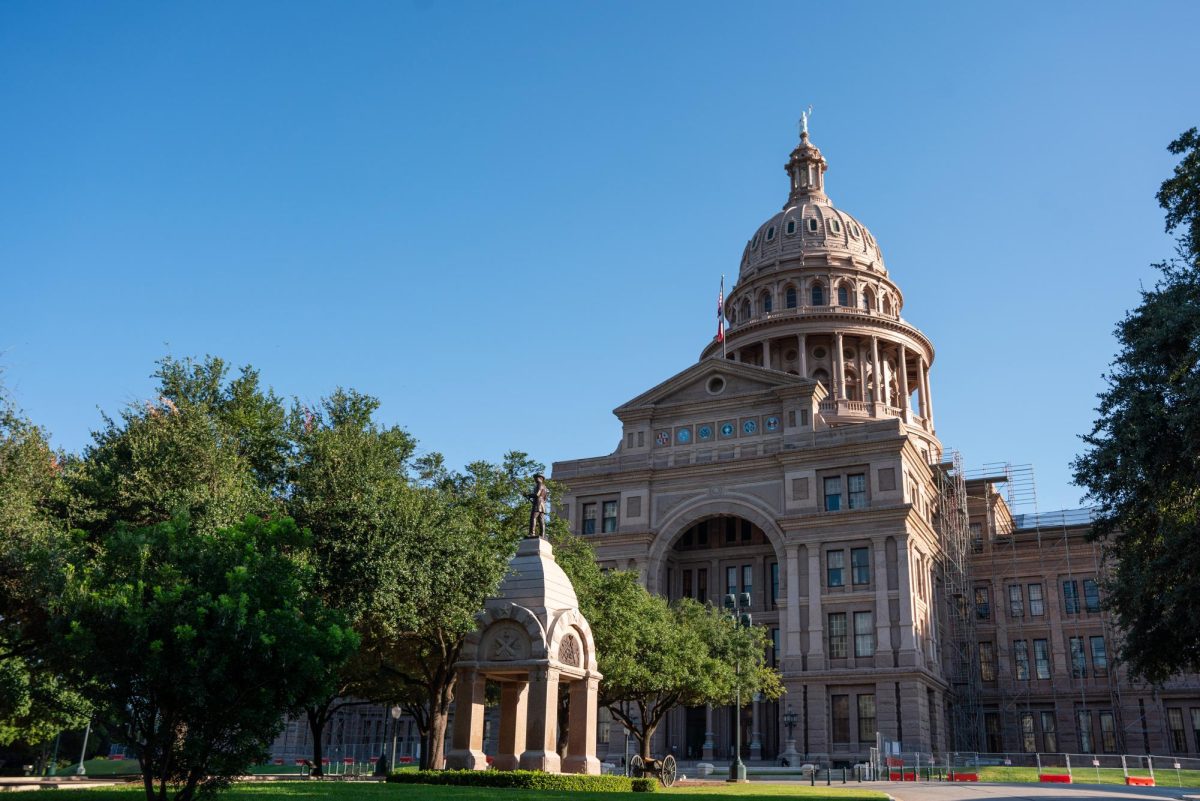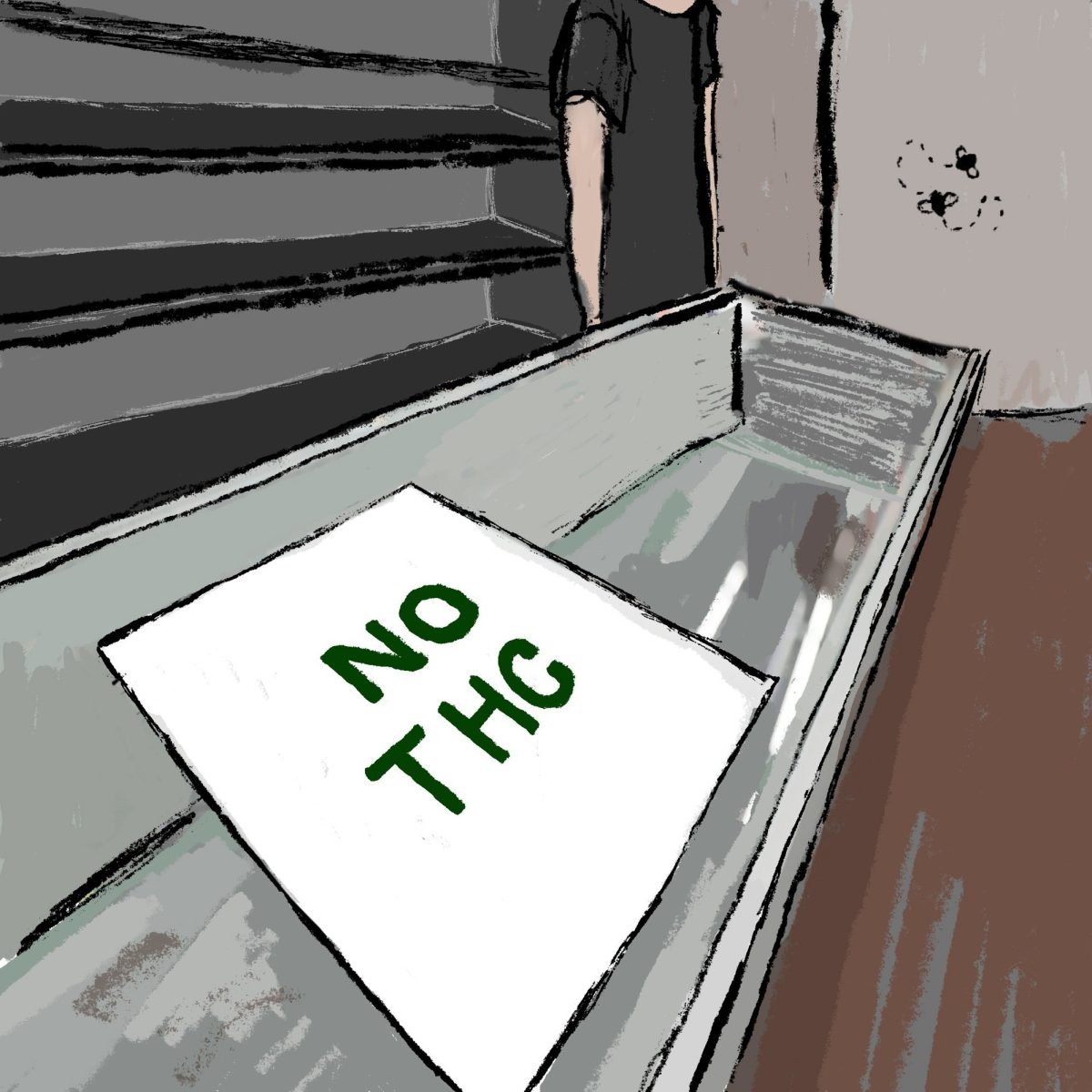The Faculty Council unanimously passed its second resolution in two years affirming the current ban on concealed firearm carry on campus at a Monday meeting.
According to the resolution, the carrying of firearms on the University campus by anyone other than law enforcement officers is detrimental to the safety of students, faculty and staff.
Faculty Council chair Dean Neikirk presented the resolution on behalf of the council’s eight-member executive committee. He said when a similar bill appeared during the last legislative session two years ago, the council wrote and passed a resolution with the same text. The 2009 bill did not pass into law.
“Given that there are two bills, one in the Senate and one in the House, concerning firearms on campuses, the executive committee felt it was appropriate for the Faculty Council to discuss this,” Neikirk said.
Because the council cannot lobby the Legislature, Neikirk said the council’s resolution remains broad and focuses only on the faculty’s opinion on the issue. The resolution does not directly reference the bill.
During the discussion, associate English professor and council member Phillip Barrish said his experiences in the Perry-Castañeda Library last year, when Colton Tooley fired an assault rifle several times on campus and took his own life, provides tangible context to support the council’s resolution. He said armed bystanders would have caused confusion for the first officer on the scene.
“Again I thought to myself what would have happened if Colton Tooley had already started going up the stairs when the officer entered the lobby, and there was somebody else there with a gun,” Barrish said. “I know officers receive training for that sort of situation, but I think it would have been a very difficult moment for that officer.”
Barrish also provides faculty support to the campus organization Students for Gun Free Schools, which opposes the bills.
Jeff Shi, a computer sciences senior and president of Students for Concealed Carry on Campus, said concealed carry license programs teach license holders to assess the situation before acting, which would prevent them from firing on other innocent people holding a gun. He said they are also taught to consider self-defense first and lethal force as a last resort.




















